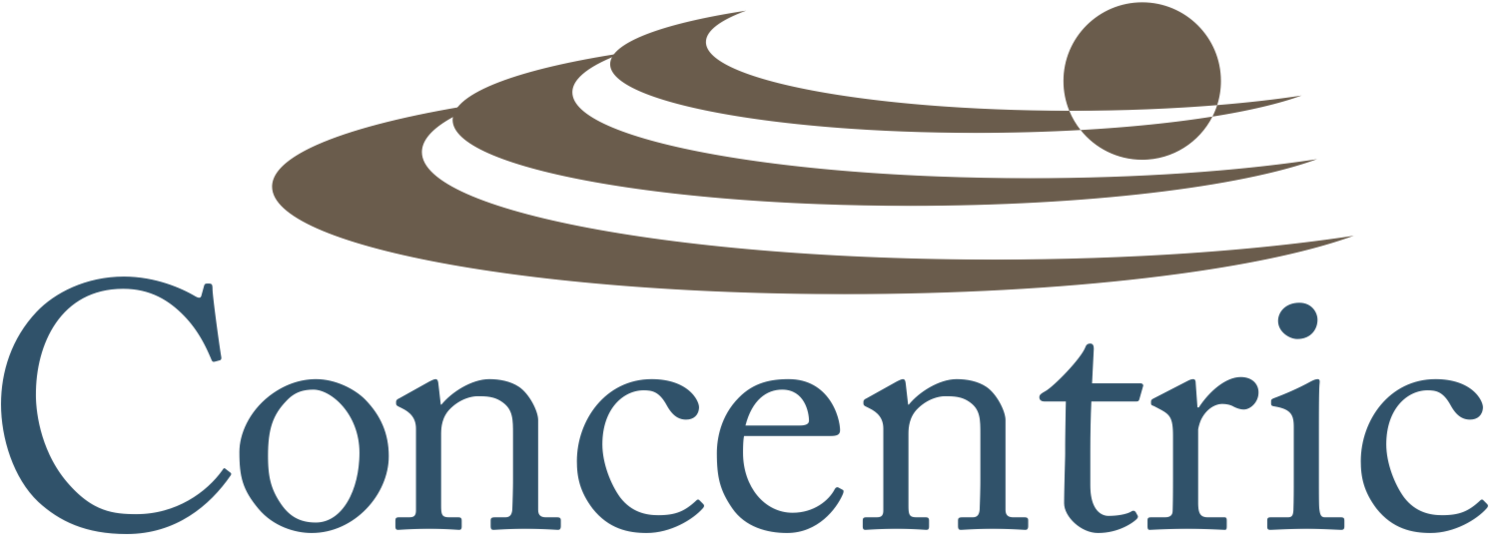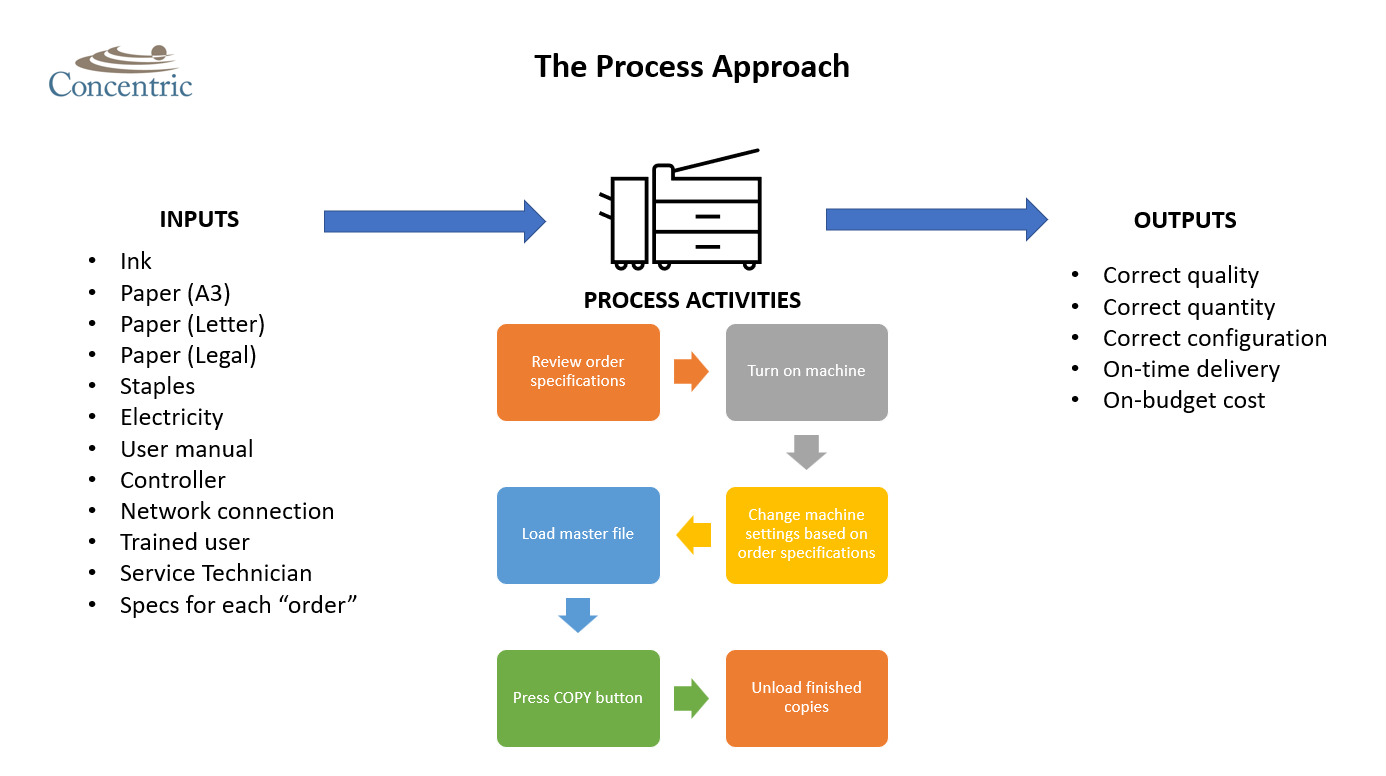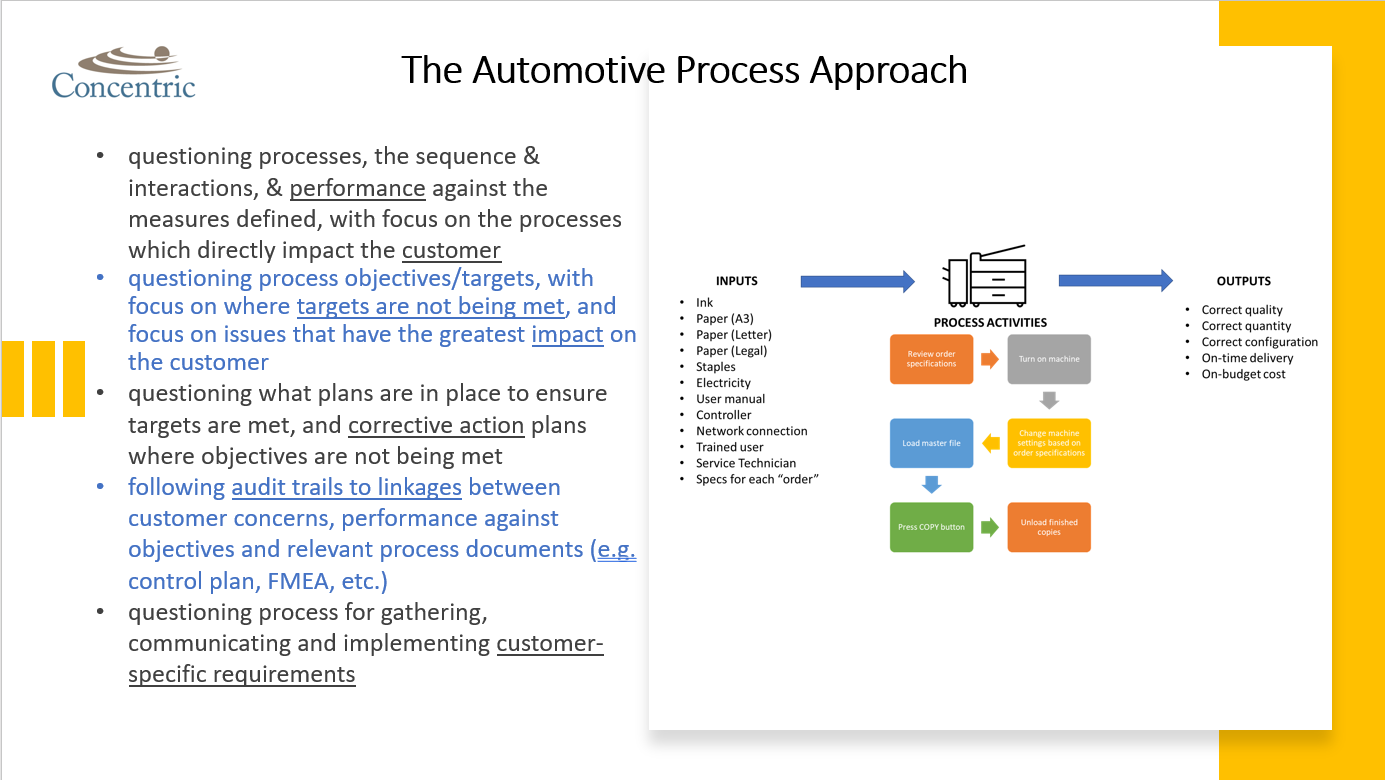Automotive Process Approach

Updated 6/29/23:
The Process Approach
The process approach is taking any activity, or set of activities, that uses resources to transform input to outputs. For example, every day a restaurant tranforms a certain amount of energy and materials into creating a meal for it's customers. The output of the process ---> the quality and efficiency of the meal + facility cleanliness + the dining experience + appropriate cost + other expected elements = meeting the desired results of the customers.
The systematic identification and management of the processes employed within an organization, and particularly the interactions between such processes, is referred to as the “process approach”.
Effective operations depend on:
identification and management of numerous interrelated processes
clear understanding for how processes interact
clear expectation of output from one process equals an input into another
clear communication of roles and responsibilities
an overall understanding of the big pictures (goals & objectives)
The Automotive Process Approach
The automotive process approach is a requirement from the IATF Rules documents (ref. Rules for Achieving IATF Recognition: 3rd edition for ISO/TS 16949). Automotive organizations must ensure that priority is given to:
questioning processes, the sequence and interactions, and performance against the measures defined
focus on processes which directly impact the customer
questioning the process objectives/targets, with focus on where targets are not being met
focus on issues that have the greatest impact on the customer
questioning what plans are in place to ensure targets are met
corrective action plans where objectives are not being met
following audit trails to linkages between customer concerns, performance against objectives and relevant process documents (e.g. control plan, FMEA, etc.),
questioning the clients' process for gathering, communicating and implementing customer-specific requirements
Focus on the customer. Is the customer satisfied with their dining experience? How can we do better tomorrow?
Focus on organizational performance. Did we achieve, as a business, our organizational goals (i.e. make a profit, retain valued staff, satisfy regulatory requirements, etc.)?


